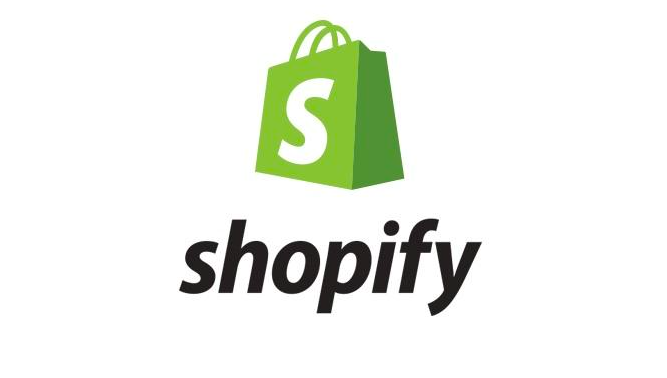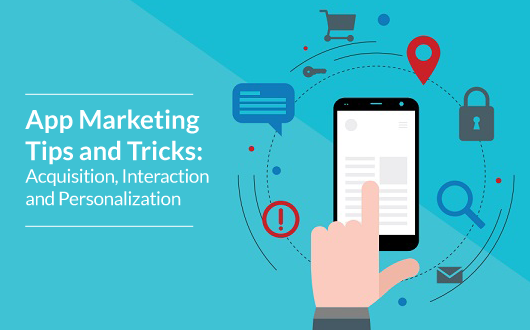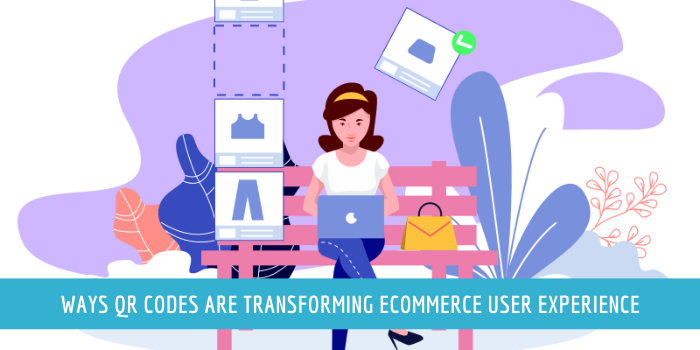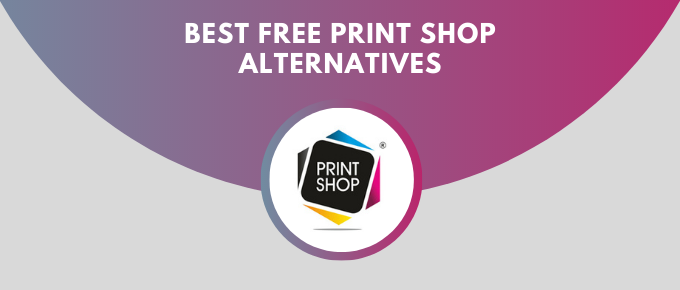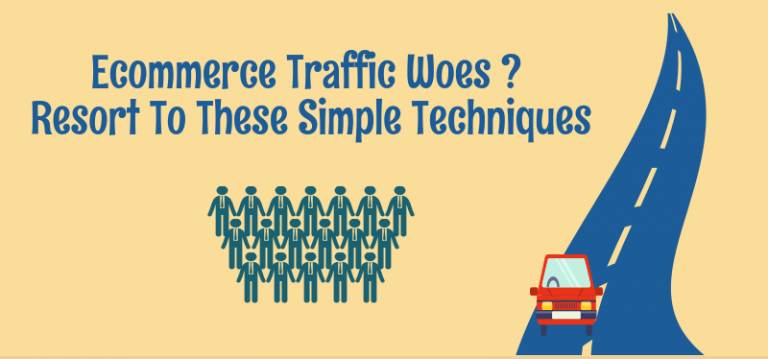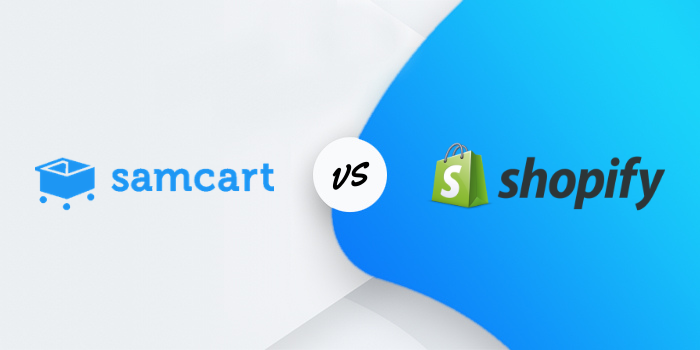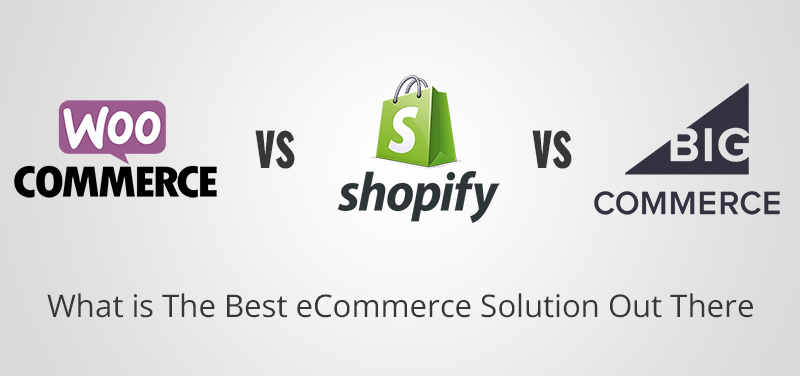
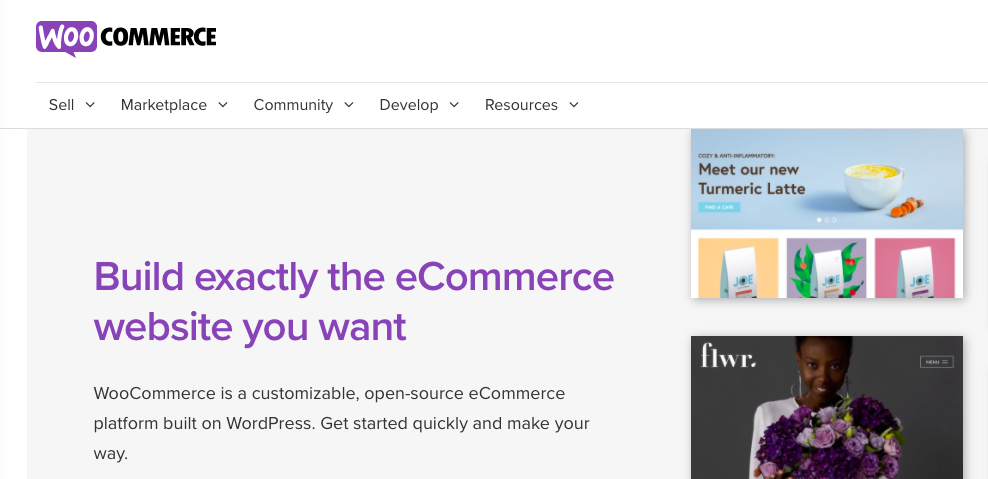 We begin with WooCommerce in our
We begin with WooCommerce in our WooCommerce Comes With User Reviews & Ratings
WooCommerce comes with build in reviews and ratings. That way your customers can easily add a review and rate your product by leaving a comment. You also have the option to add product ratings to items on your homepage.
WooCommerce Offers Nicely Organized Reports
WooCommerce comes with nicely organized reports that helps you understand how well your online store is performing. With its help you will be able to see your store’s performance from month to month using graphs and stats. WooCommerce’s reports has four sections – Orders, Customers, Stock and Taxes. Orders shows you your gross and net sales volume and totals, as well as top sellers, top freebies, top earners, and product downloads. Over here you will be able to see sales per date. You have the options to filter results by by year, last month, this month, last 7 days, and a custom date range.
Over here you will be able to see sales per date. You have the options to filter results by by year, last month, this month, last 7 days, and a custom date range.
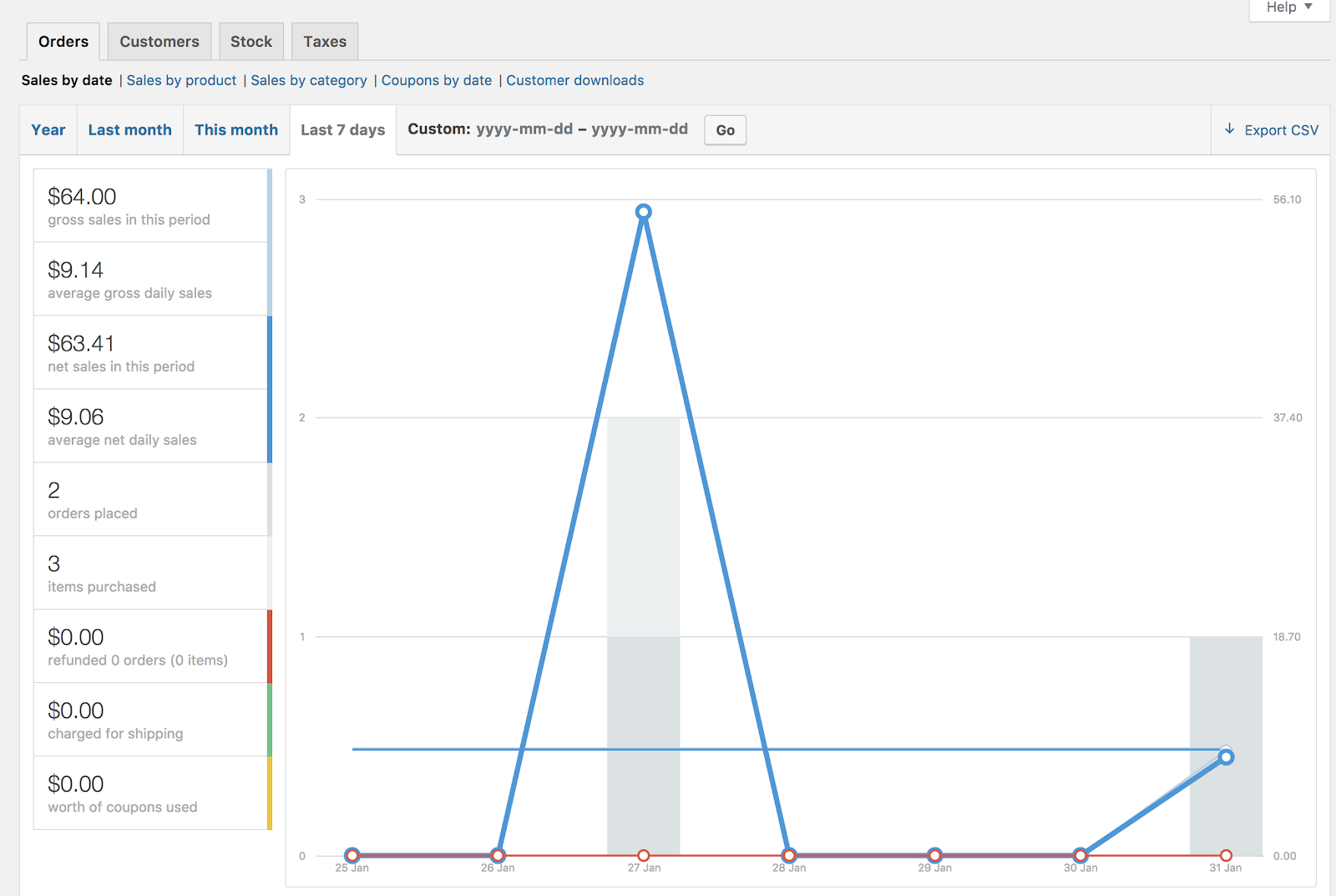 In the second tab of orders, you’re going to see sales per product.
That way you can select any product from your store and check out how well he’s performing with time. Again, you can filter results by year, last month, this month, last 7 days, and custom.
In the second tab of orders, you’re going to see sales per product.
That way you can select any product from your store and check out how well he’s performing with time. Again, you can filter results by year, last month, this month, last 7 days, and custom.
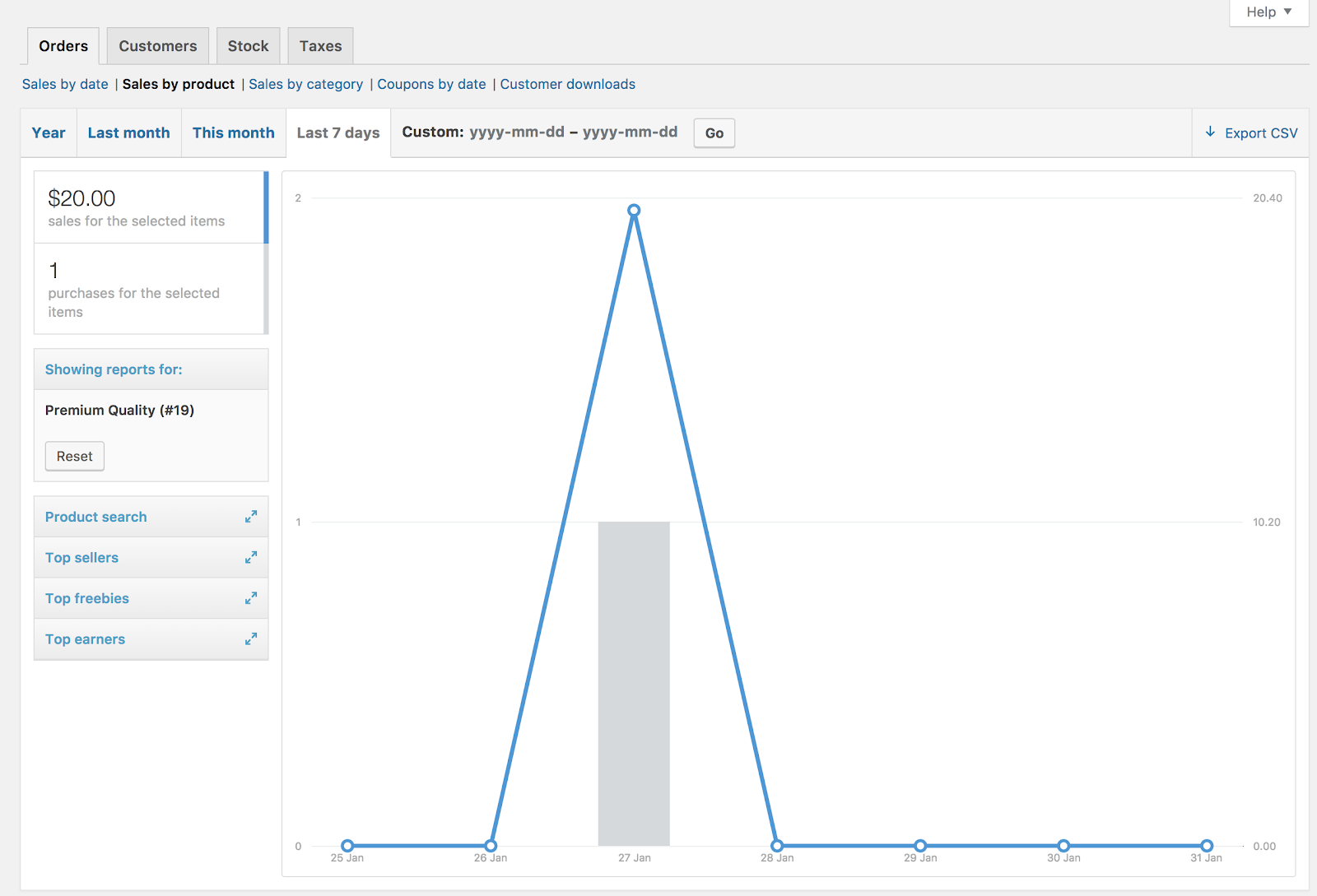 In the third tab of orders, you will be able to see sales by category.
In the third tab of orders, you will be able to see sales by category.
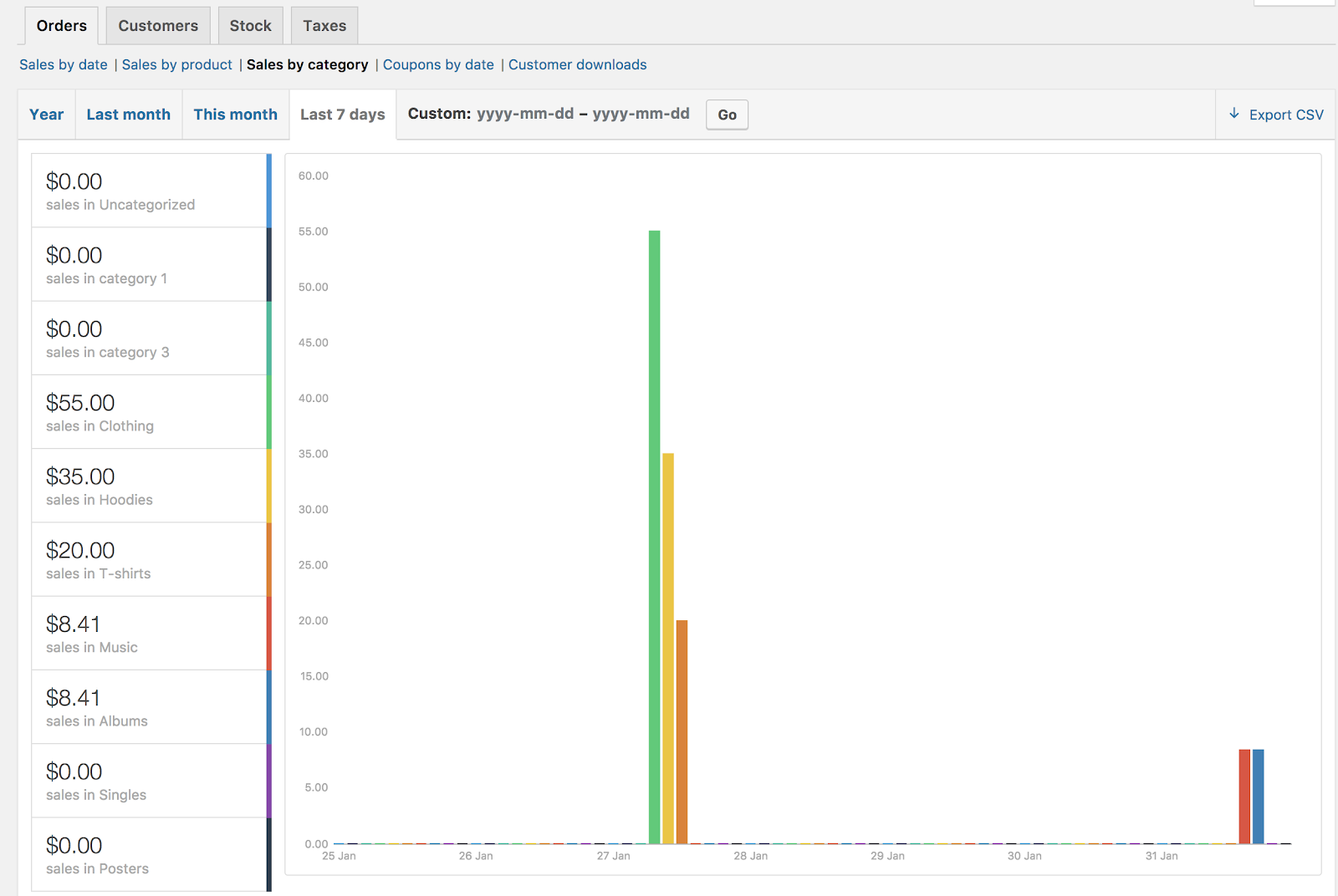 In the fourth tab of Orders, you’re going to see Coupons by date. This shows you the total number of discounts and coupons being used.
You also have the option to filter results based on coupons being used, view the most popular ones and find coupons giving the most discount.
In the fourth tab of Orders, you’re going to see Coupons by date. This shows you the total number of discounts and coupons being used.
You also have the option to filter results based on coupons being used, view the most popular ones and find coupons giving the most discount.
 In the customer tab of your reports, you can see reports for Customers vs. Guests and Customer List with options to further sort by year, last month, this month, last 7 days, and custom.
In the Customer vs Guests report you can see what percentage of people bought as customers (registered users) or as guests.
In the customer tab of your reports, you can see reports for Customers vs. Guests and Customer List with options to further sort by year, last month, this month, last 7 days, and custom.
In the Customer vs Guests report you can see what percentage of people bought as customers (registered users) or as guests.
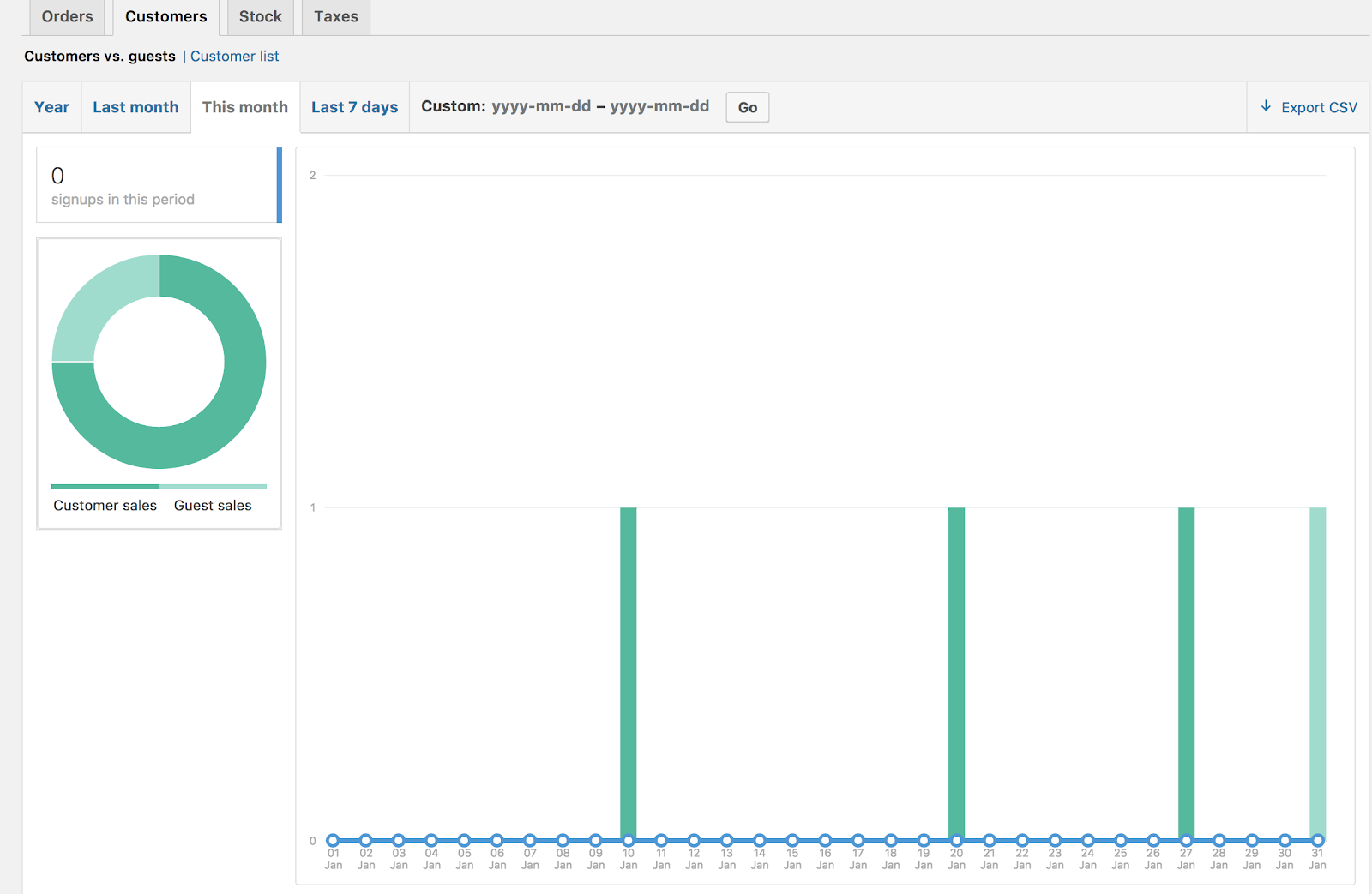 In the stock tab you will be able to see which products are low in stock, out of stock as well as the total quantity of all products.
In the stock tab you will be able to see which products are low in stock, out of stock as well as the total quantity of all products.
 In the taxes tab, you will be able to see reports about taxes by code (state) and taxes by date. You can filter results by year, last month, this month and custom dates.
In the taxes tab, you will be able to see reports about taxes by code (state) and taxes by date. You can filter results by year, last month, this month and custom dates.

WooCommerce Is Free
The best thing about WooCommerce is that it is totally free. It’s a simply plugin for WordPress that you can easily install on your website and start selling online. However, you need to keep in mind that you would still need to pay for hosting. And this could get expensive as your traffic grows with time.
However, you need to keep in mind that you would still need to pay for hosting. And this could get expensive as your traffic grows with time.
WooCommerce Requires You To Pay For Hosting
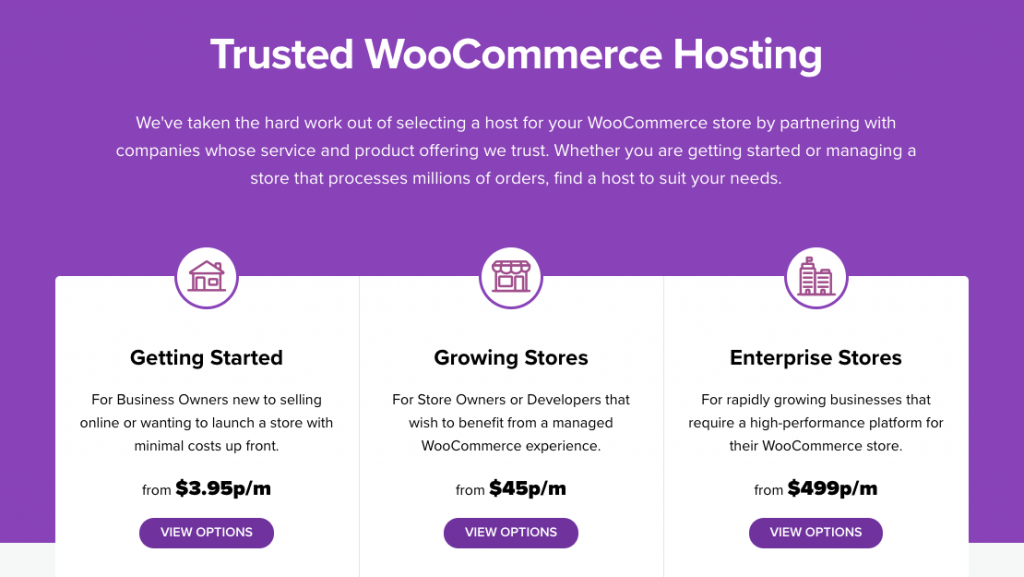 WooCommerce might be a free plugin for WordPress but this doesn’t mean it is completely free.
You would still need to pay for hosting to run your site and handle all the traffic that comes to it. And it could get expensive with time.
Related : Hostgator vs Godaddy For Wordpress Hosting
The bad news is that a typical shared hosting might not always be a good option for you. Typically you will need more resources, SSL certificate, and WooCommerce-centric support platform.
For fresh businesses, Woocommerce trusted hosting plans start from $3.95 per month. Growing stores have options starting from $45 a month. For Enterprises, the plans start from $499 per month.
WooCommerce might be a free plugin for WordPress but this doesn’t mean it is completely free.
You would still need to pay for hosting to run your site and handle all the traffic that comes to it. And it could get expensive with time.
Related : Hostgator vs Godaddy For Wordpress Hosting
The bad news is that a typical shared hosting might not always be a good option for you. Typically you will need more resources, SSL certificate, and WooCommerce-centric support platform.
For fresh businesses, Woocommerce trusted hosting plans start from $3.95 per month. Growing stores have options starting from $45 a month. For Enterprises, the plans start from $499 per month.
WooCommerce Needs Self Setup
The other disadvantage of WooCommerce is that you need to set it up on your own. This means you need to first install Wordpress on your site. Then you need to go and download the WooCommerce plugin. If you’re not tech savvy enough, this might be difficult for you. That way you might need to hire a Wordpress developer experienced with WooCommerce to setup your online store. The thing is that you would also need more time to setup your themes and make your website working. Related : Best Wordpress Page BuildersWooCommerce Themes
On the WooCommerce website you’re going to find a few themes available. Unfortunately, over there you will see only 2 free themes. So if you’d like something better, you would need to pay for a premium theme. The good news is that they are relatively cheap – pricing starts at $39 per theme. The bad news is that there are only 14 themes available there. More WooCommerce themes you can find on ThemeForest where there over 1100 themes available. Related : Best Studiopress Themes For EcommerceWooCommerce Marketplace
WooCommerce Extensions is the official marketplace where you’re going find all apps that connect with the platform. There are over 300+ over there divided in categories such as enhancements, marketing, payments, shipping, store management, subscriptions and bundles. A lot of the extensions are free and for the premium ones you usually pay a one-time fee that comes with 1 year of support and updates. They would usually cost you between $29 and $129 as most are on the cheaper side. Explore : Best WooCommerce Dropshipping PluginsWooCommerce Payment Gateways
WooCommerce supports over 100 payment gateways including Stripe, Square, PayPal, Amazon Pay, etc. A lot of the Extensions though will cost you money. You would also need to pay for transaction fees and credit card rates.WooCommerce Is Perfect For Pros
WooCommerce is perfect for experienced WordPress users who have their own hosting. This means it is more suitable for more tech savvy people who know how to use the platform and make all necessary customizations.WooCommerce Pricing
Once again, WooCommerce is totally free. It’s a WordPress plugin that you can install right away on your website. However, don’t forget that you would still need to pay for hosting. And this could get expensive as your traffic grows with time. The other thing is that setting up your website is not as easy as compared to other platforms. So if you’re not tech savvy enough, you will need to hire some WordPress developer to setup your site. This adds a lot to your cost.Shopify
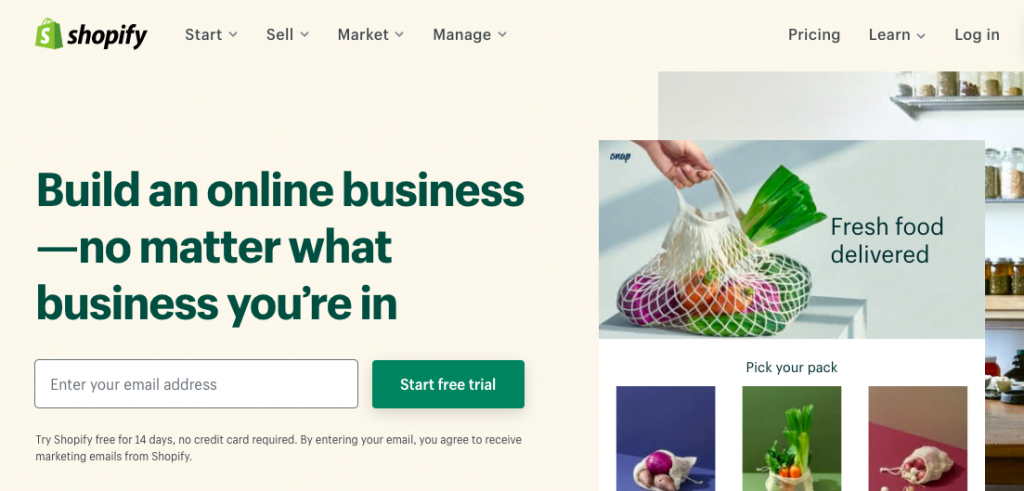 Next in our WooCommerce vs Bigcommerce vs
Next in our WooCommerce vs Bigcommerce vs Set up your ecommerce store, pick a plan later. Check special pricing for Shopify =>
Shopify Offers Free Hosting
The good thing about Shopify SEO & Social Features
Shopify Offers Modern and User-friendly Admin Area
 On this page you’re going to see information about daily tasks, your store’s recent activity, and the next steps you can take to build your business.
By navigating your side bar you can get access the different sections of the
On this page you’re going to see information about daily tasks, your store’s recent activity, and the next steps you can take to build your business.
By navigating your side bar you can get access the different sections of the 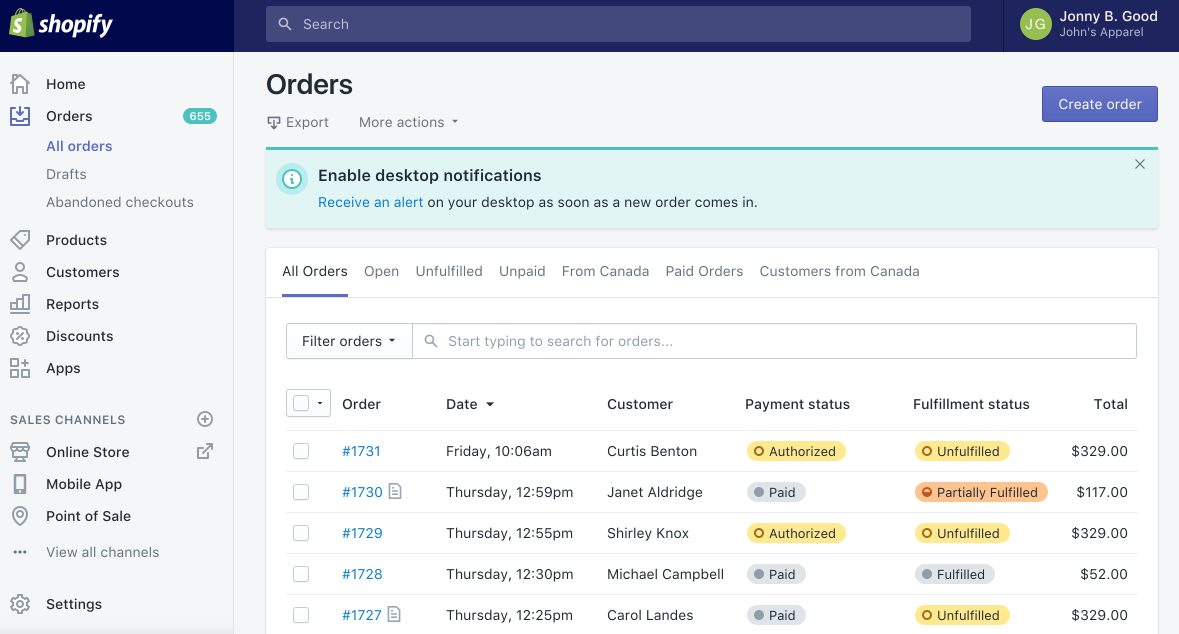 Over there you can the following info for each order – date when the order was made, name of the customer who purchase, payment status, fulfillment status and total value of the order.
In the product section you can view, add, update, and organize all of your products that you’re currently selling on your
Over there you can the following info for each order – date when the order was made, name of the customer who purchase, payment status, fulfillment status and total value of the order.
In the product section you can view, add, update, and organize all of your products that you’re currently selling on your  This is the section where you can also add new products – you can do that manually or by uploading a csv file.
You can also add product details, add images and options for your products in terms of size or color.
Related : How To Optimize Product Pages To Boost Conversions
In your customers section, you can see review all of your customers and manage their information.
If your customers create an account with your store, then they can add their address information to their account so that it autofill’s during checkout.
They can also view their order history with your store, and see the current order status for any purchases they make.
In the report section, you can get an information about how well your store is performing.
This is the section where you can also add new products – you can do that manually or by uploading a csv file.
You can also add product details, add images and options for your products in terms of size or color.
Related : How To Optimize Product Pages To Boost Conversions
In your customers section, you can see review all of your customers and manage their information.
If your customers create an account with your store, then they can add their address information to their account so that it autofill’s during checkout.
They can also view their order history with your store, and see the current order status for any purchases they make.
In the report section, you can get an information about how well your store is performing.
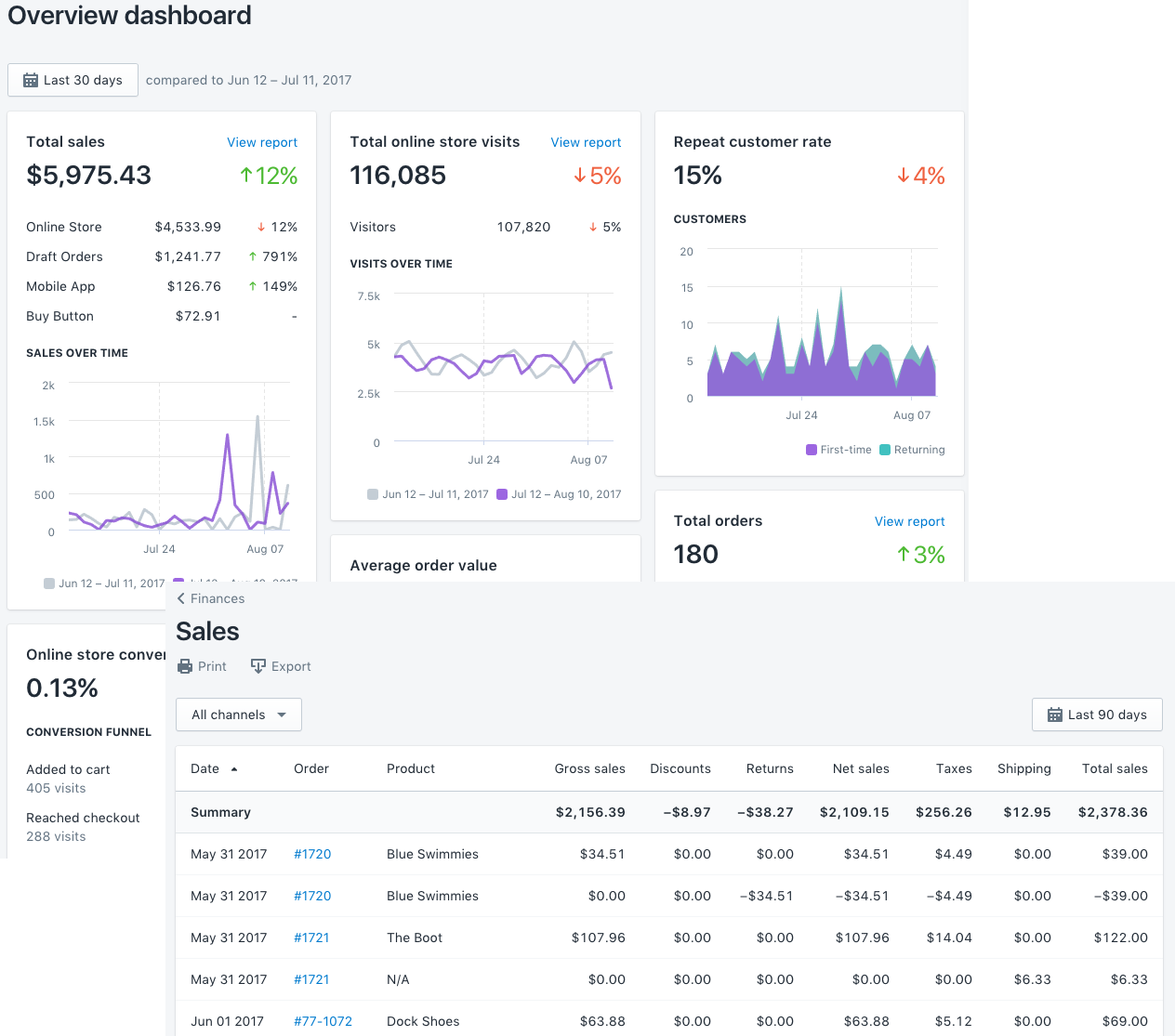 You can get an information about your sales, traffic, repeat customers, conversion rate, etc.
You can get an information about your sales, traffic, repeat customers, conversion rate, etc.
Shopify Has Biggest App Store
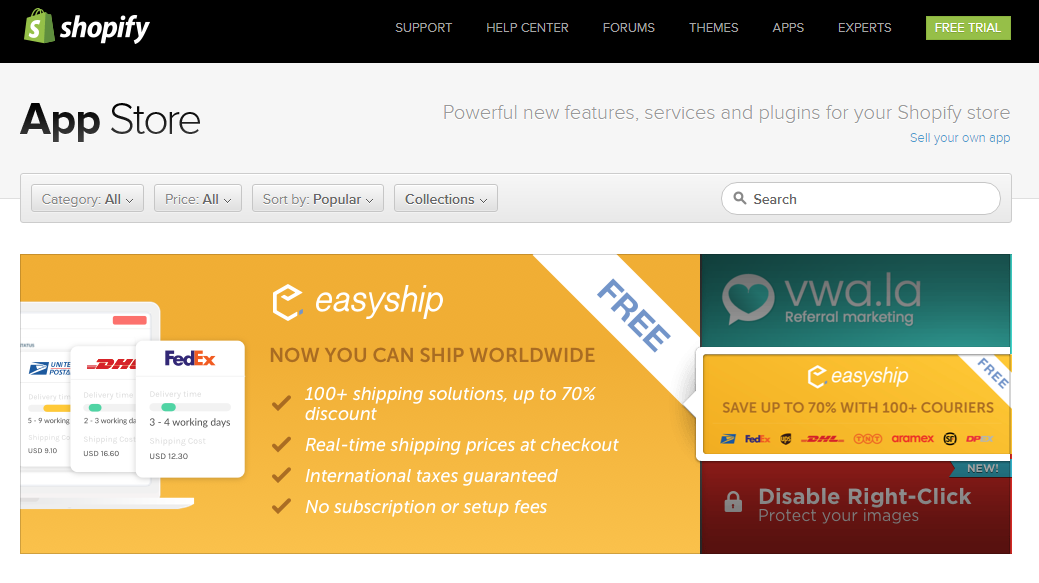
Shopify Has Only Three Default Product Attributes
One of the main disadvantage of Shopify Can Be Costly
The other big disadvantage of Shopify Themes
There are over 100 themes available on the Shopify Marketplace
As we already said, there are over 1,400 Shopify apps available on their App Store that can help you extend your store’s functionality.
Currently they are divided in categories such as marketing, sales, social media, shipping, inventory, customer service, accounting, reporting, etc.
A lot of them a free but the paid ones usually require a monthly subscription which could get costly as you add more apps that you use with time.
Even though most of the apps are not expensive – a lot of them could cost you $19/month or even less.
Shopify Payment Gateways
Shopify Is Perfect For Beginners
Shopify Pricing
 Besides this, there is also
Besides this, there is also Set up your ecommerce store, pick a plan later. Check special pricing for Shopify =>
BigCommerce
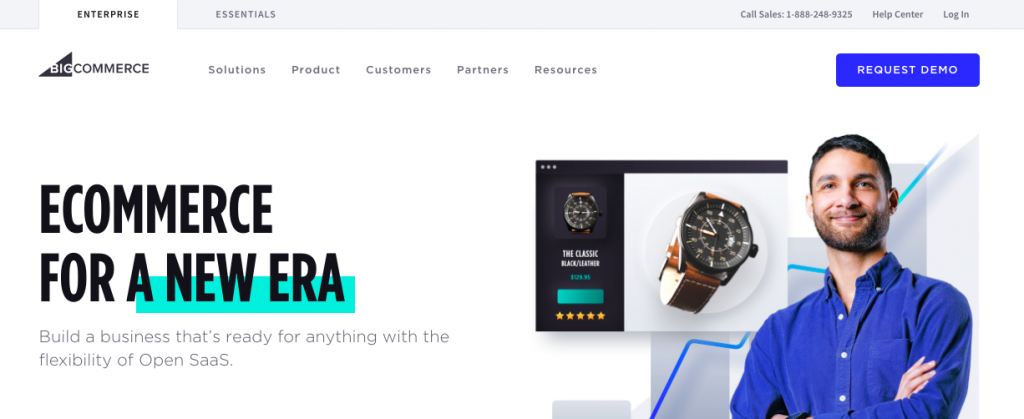 Finally, we will take a look at Bigcommerce in this Bigcommerce vs WooCommerce vs
Finally, we will take a look at Bigcommerce in this Bigcommerce vs WooCommerce vs BigCommerce User-friendly Admin Page
BigCommerce has a pretty easy to use admin page. The control panel is made out of two areas – site navigation and main window. The main window changes depending on where you click in the site navigation.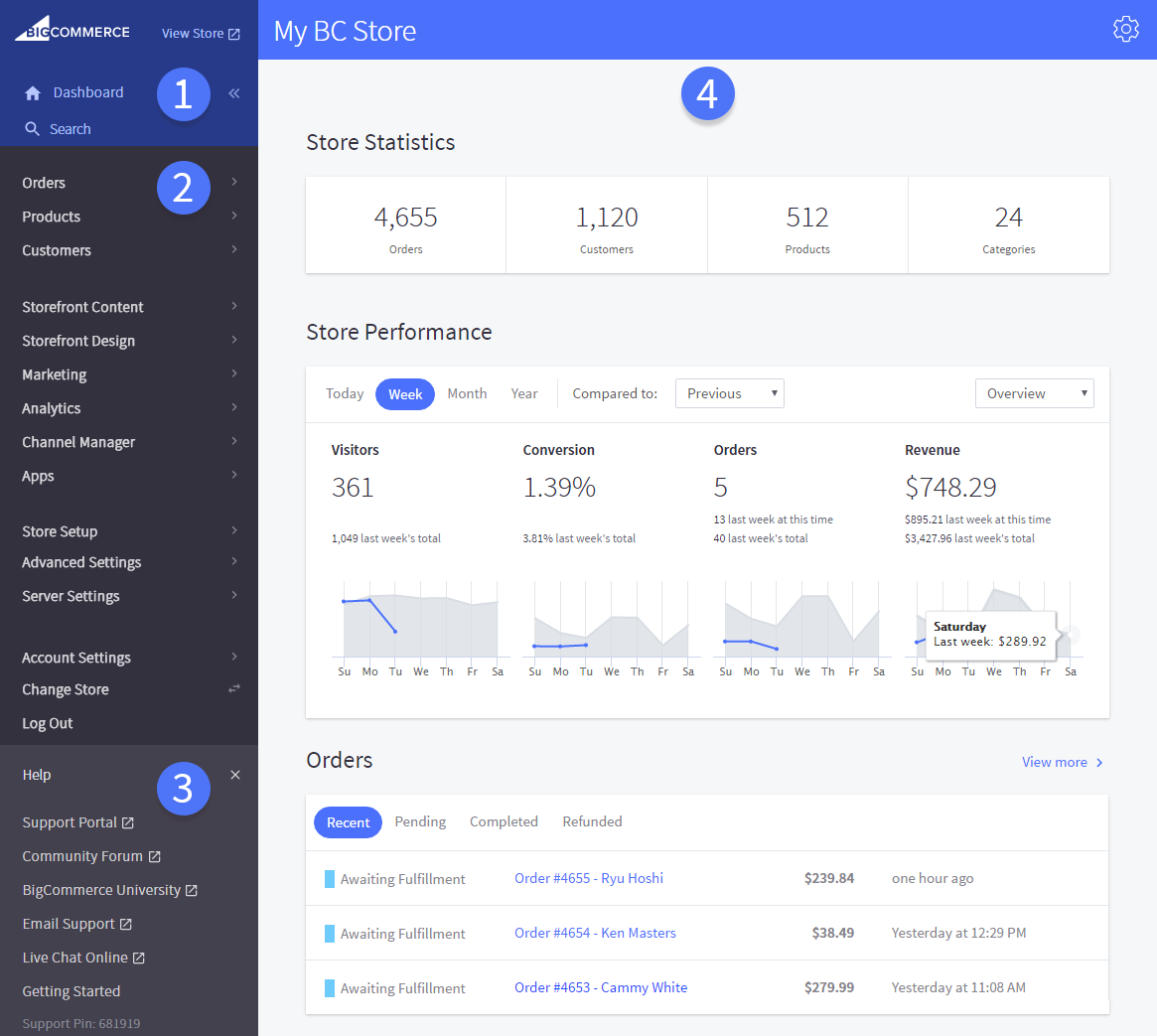 This is a highlight of some important areas of the control panel:
This is a highlight of some important areas of the control panel:
Search/View Store Area –
This brings you to the main dashboard and lets you navigate through it. Here you can also use the search option to find products, orders or customers.Control Panel Navigation –
Here you have access to things related to store management, marketing/design, store settings and account.Help Section –
This is your help center where you can search and find answers for problems and issues you’re facing. You also have access to various resources and guides to help you learn how to use BigCommerce and grow your store. You have access to email and live chat support as well as to a Community forum where you can ask other members for advice.Drag-and-drop Builder
BigCommerce offers you all the tools you need to build a beautiful and high-converting online store. You can choose among hundreds of high-converting online store themes optimized for fast page-load across devices and designed especially for major ecommerce industries. All themes included in the Akamai Image Manager automatically optimize all images for browsers and devices, at no extra cost. Their website builder allows you to easily and quickly customize your ecommerce store. With its BigCommerce’s intuitive storefront editor you change your site’s look with no coding required. Or with their industry-best theme framework you can build a completely custom online store with HTML, CSS and popular code libraries. According to BigCommerce, with their website design platform you can build websites in half the time it would take you to do that with other platforms.BigCommerce Offers Free hosting
BigCommerce comes with a free hosting so you don’t have to worry about paying extra for that. Normally, managing servers and the teams behind them can cost you tens of thousands of dollars. BigCommerce takes that burden away from you while allowing you to focus on what’s important – growing your business. BigCommerce also makes sure that your hosting never goes does. They have an average uptime of more than 99.99%, compared to 99.5% for the industry. Not only have that, your pages load fasted with BigCommerce. Their hosted ecommerce solution has an average response time of around ⅓ of a second.BigCommerce Free and Premium Themes/Code Your Own Themes
BigCommerce offers over 100 themes designed for high conversions. There are also hundreds of paid themes you can use as well. You also have the option to code your own themes within the site’s editor using HTML/CSS.BigCommerce Doesn’t Offer Entry Level Plans
Despite its great features, BigCommerce doesn’t offer a free plan or a cheap entry level-plan. This makes it a less suitable option for people with a lower budget who can’t afford to pay the high monthly fees.BigCommerce Can Be Expensive
BigCommerce offers you only 6 free themes. So if you want something better, you would need to pay for a premium one and it could be quite expensive. Pricing for a BigCommerce theme starts at $170 and can go up to $250. These are a lot of money for a single theme.BigCommerce Doesn’t Have a Mobile App
BigCommerce has no mobile apps to help you manage your store. Related : Why Your Ecommerce Business Needs a Mobile AppBigCommerce Themes
BigCommerce gives you a variety of well-designed themes that you can use. The bad news is that there are only 7 free themes. So if you want something more, you would need to buy a premium theme. Themes could also be costly – most of them sell for $195. You also have the options to customize your theme with a drag-and-drop editor or edit it directly by customizing the HTML/CSS files. What’s unique here is that you can also code your themes from scratch within BigCommerce itself.BigCommerce Marketplace
There are over 550 apps on for BigCommerce on their marketplace. They are currently divided in the following categories – accounting & tax, analytics & reporting, b2b/wholesale, catalog & order management, CRM & Customer service, Data transfer/Migration services, ERP, Marketing, Merchandising, Mobile, Payments & Security, Product Sourcing, Sales Channels, Shipping & Fulfillment, Site tools, Cross & Border fulfillment, etc. The good thing is that there are a lot of free apps for the platform – almost 200. The paid ones usually require a monthly subscription fee that could be as little as $9/month up to $299/month.BigCommerce Payment Gateways
BigCommerce currently accepts payments from over 60 payment gateways. This includes PayPal, Stripe, Square, Amazon Pay, etc. Even though they don’t have their own likeBigCommerce Is Perfect For Big Businesses
BigCommerce is perfect for bigger businesses who sell products at scale. If you have only a dozens of products to sell, there are better alternatives out there.BigCommerce Pricing
BigCommerce offers 15-day free trial during which period you can test the platform and set up your online store. After that you will have to choose among the 4 following plans: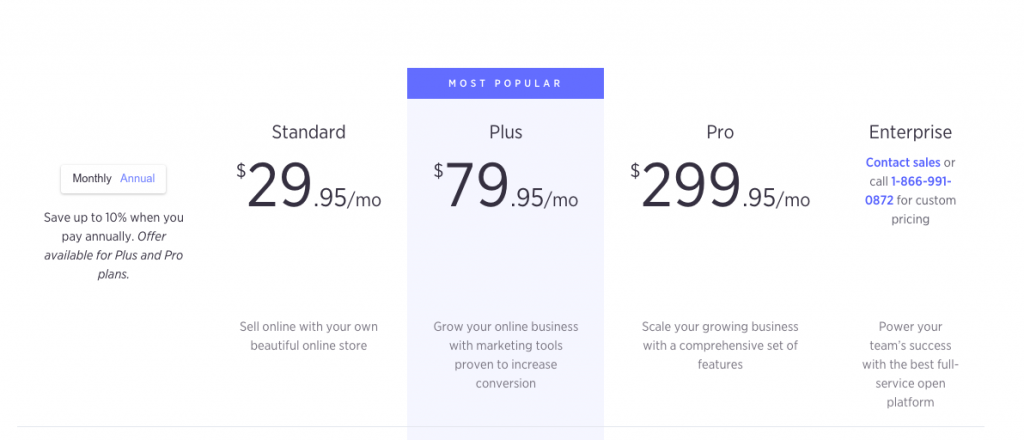 Their pricing starts from $29.95 for their standard plan and can go up to $299.95/month for their pro plan.
For the enterprise plan you would need to request a custom quote.
You can also have 10% on the pricing by using their annual subscription plans.
Their pricing starts from $29.95 for their standard plan and can go up to $299.95/month for their pro plan.
For the enterprise plan you would need to request a custom quote.
You can also have 10% on the pricing by using their annual subscription plans.

